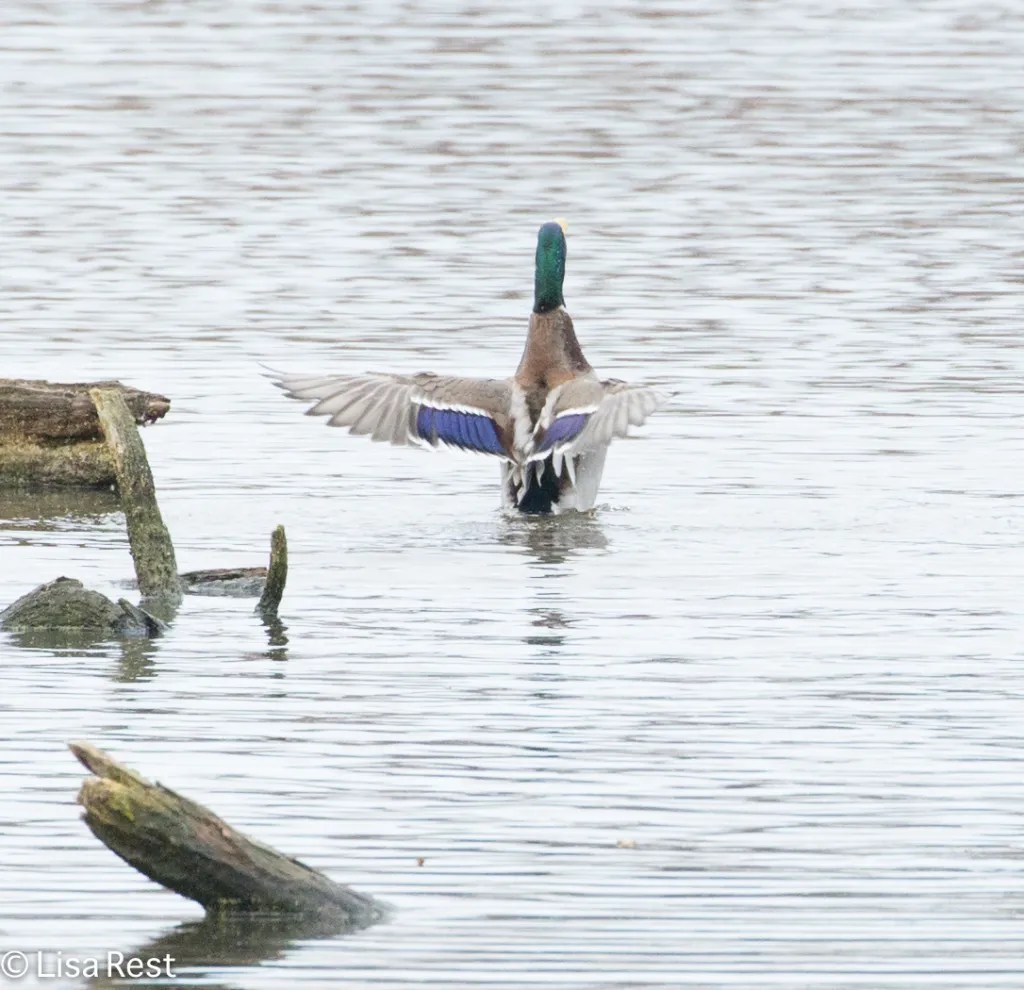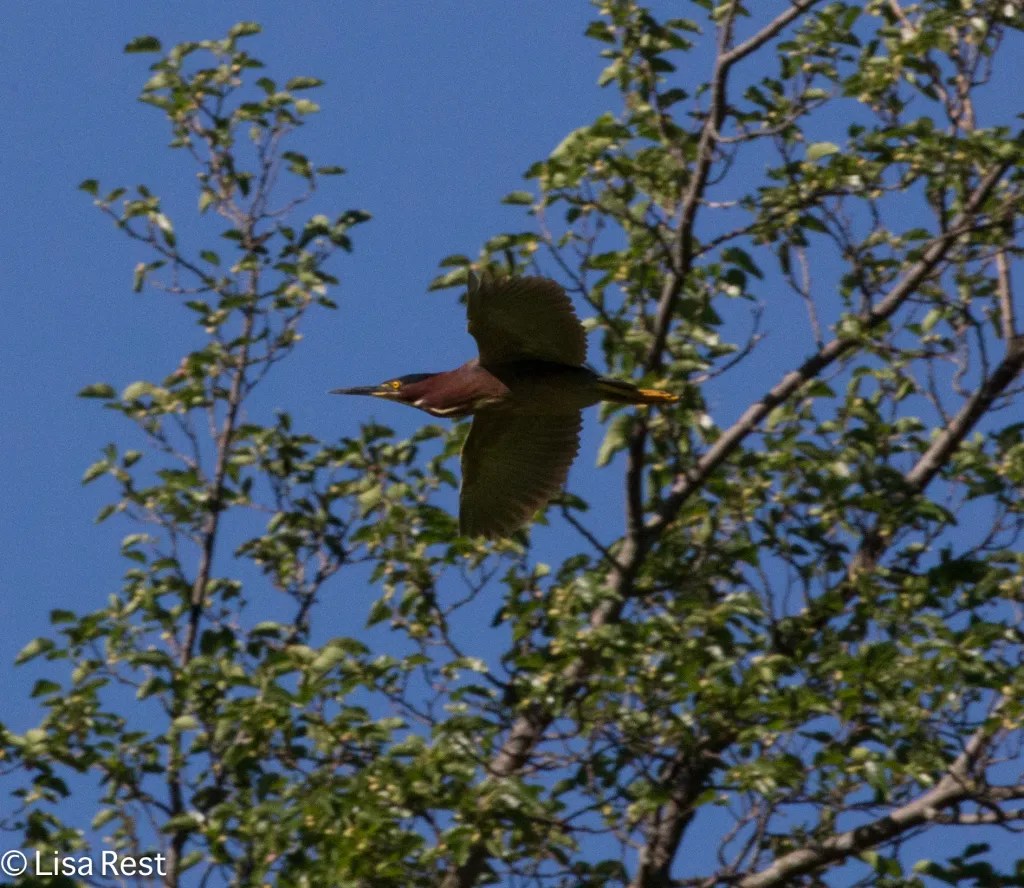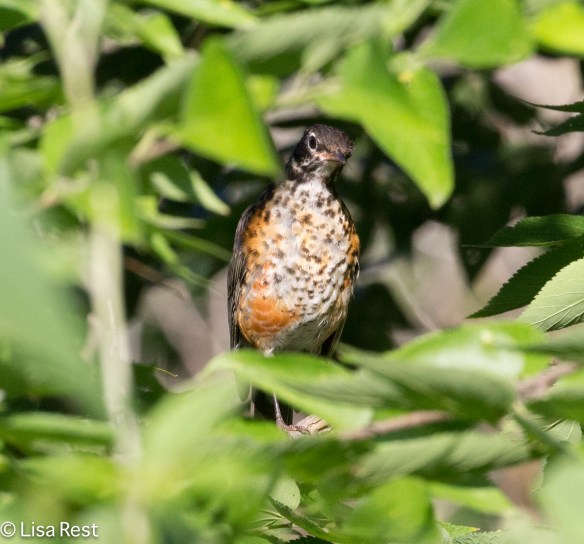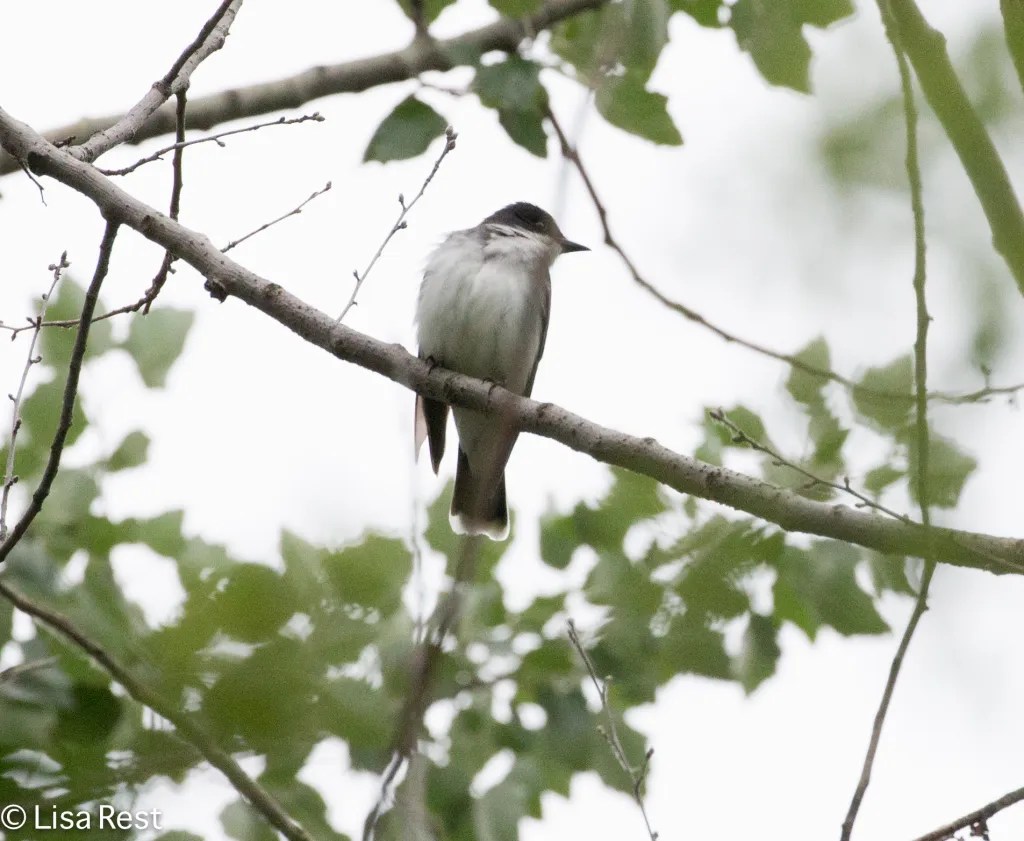
After two days of inclement weather earlier in the week, I couldn’t stand the thought of not walking, so I put on my long underwear and all the other necessary layers to endure a very cold walk Thursday morning at the Chicago Portage. I didn’t see a lot of birds, but I was happy to catch up with the flock, such as it was, eventually. Most of the birds were quite far away and the cloud cover made it that much harder to capture their images.
The last time I was there before that was last Sunday, the 13th, when at first the sky proved more interesting than anything on the ground.




But then I saw a deer.

The sun came out and made it quite pleasant.

House Finches have been more noticeable lately as they move around with the sparrow and cardinal groups. For the most part, any birds I am seeing lately have been part of a larger mixed flock.



I managed to capture a Fox Sparrow that day. They are larger than other sparrows and they tend to sit still for a while, making the only challenge how far away they have decided to perch.
I have been seeing American Tree Sparrows at the Portage for weeks now. I don’t think I have seen any in Riverside yet although there are likely some there. Their arrival always verifies winter. Although the bird below had its back to me I think I found the feather pattern attractive.
Of course Dark-eyed Juncos spend their winters here too.




And Black-capped Chickadees are a year-round delight.




So this was how the Portage looked on the 13th.

Some more American Tree Sparrow photos from that day. This bird was perched at quite a distance.



Below might be the same bird in the earlier photos. I just found it interesting to see how well it blended in with the foliage, especially in the middle photo below. Hard to tell where the bird begins and the brush ends.
It was much colder on Thursday, but at least there was sunshine for a while.

Here’s how the sky looked when I stepped out my front door.
But by the time I got to the Portage, the scene was much gloomier.


I see Mourning Doves more often in my backyard lately, but this one was present at the Portage on Thursday morning.

The Northern Cardinals stand out now that all the leaves are gone.
As long as there is open water, there will be Mallards. This water is pretty shallow though. I suspect it could be frozen over by now after the second day of extreme cold.



I heard a Fox Sparrow chirp – which the Merlin App confirmed – but didn’t realize I had probably seen it until I found this barely captured bird in my photos later.

Here are a few more images from Thursday’s outing. There weren’t many. But I’m glad I went. Yesterday and today have proved too cold, blowy and somewhat snowy for my taste. Maybe I’ll reacquaint myself with the mirrorless camera as it would be a lot less to carry around and manipulate with gloved fingers.




Going for a walk every morning has become an integral part of my daily routine, so I don’t intend to stay inside for long. I did go swimming yesterday and it was rejuvenating. My greatest joy every day is to play piano for the birds when they join in with such enthusiasm. I hope to manage posting a few recordings in the not-too-distant future. After all, that’s how this whole thing started.
I may spend a little time in the yard this morning. If I had been outside long enough yesterday I might have caught the sound and sight of tens of thousands of Sandhill Cranes flying over. Of course they were. They always take advantage of that push from the north, and we certainly have had that. I am sorry I missed them, and I haven’t traveled far enough lately to see them up close. Oh well. Tomorrow will be sunny, if cold, but I will be in the choir and with any luck doing the line dance with others at the end of the service. I look forward to being back on the trail Monday.
Thanks to all for checking in.






















































































































































































































































































































































































































